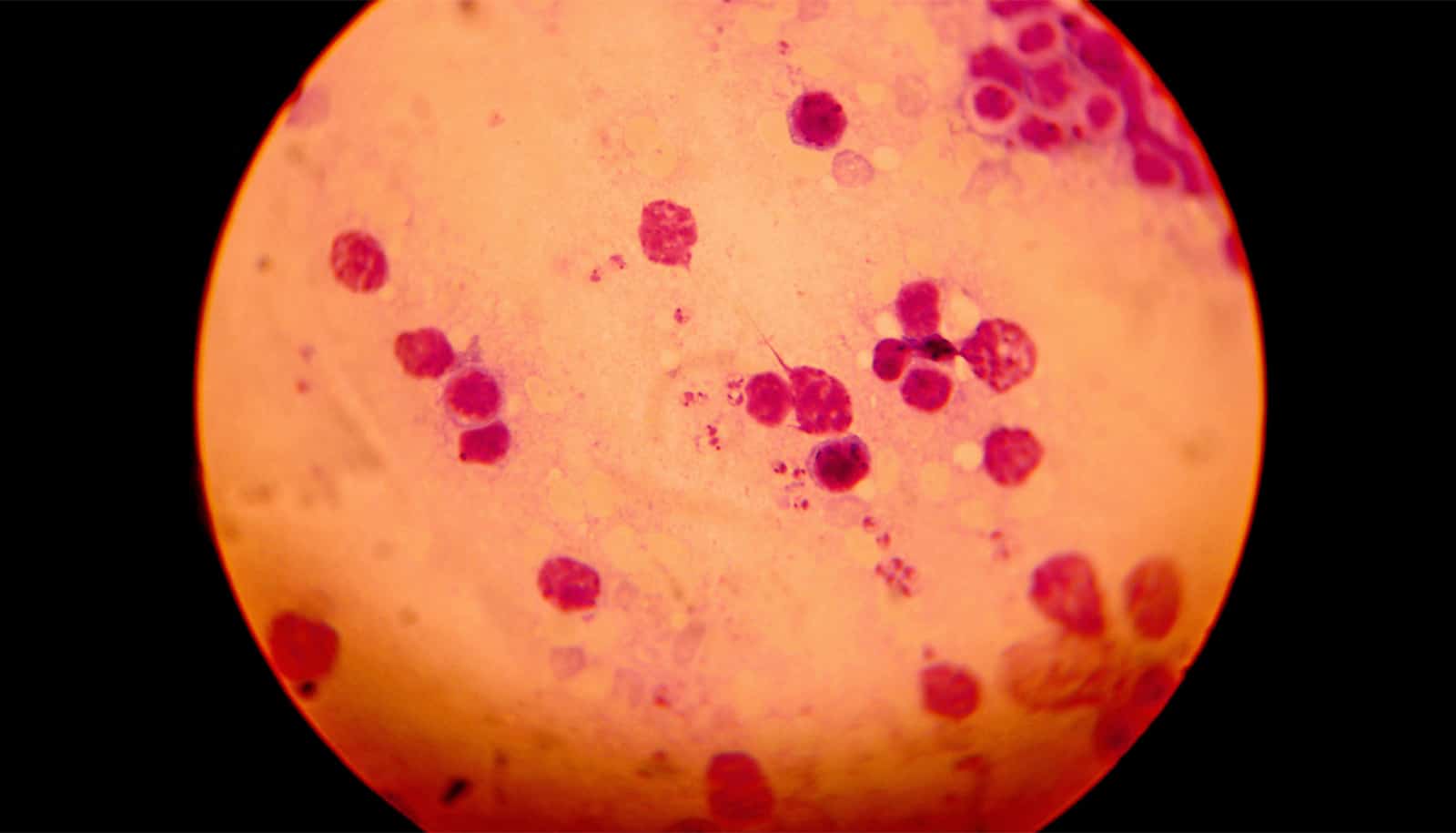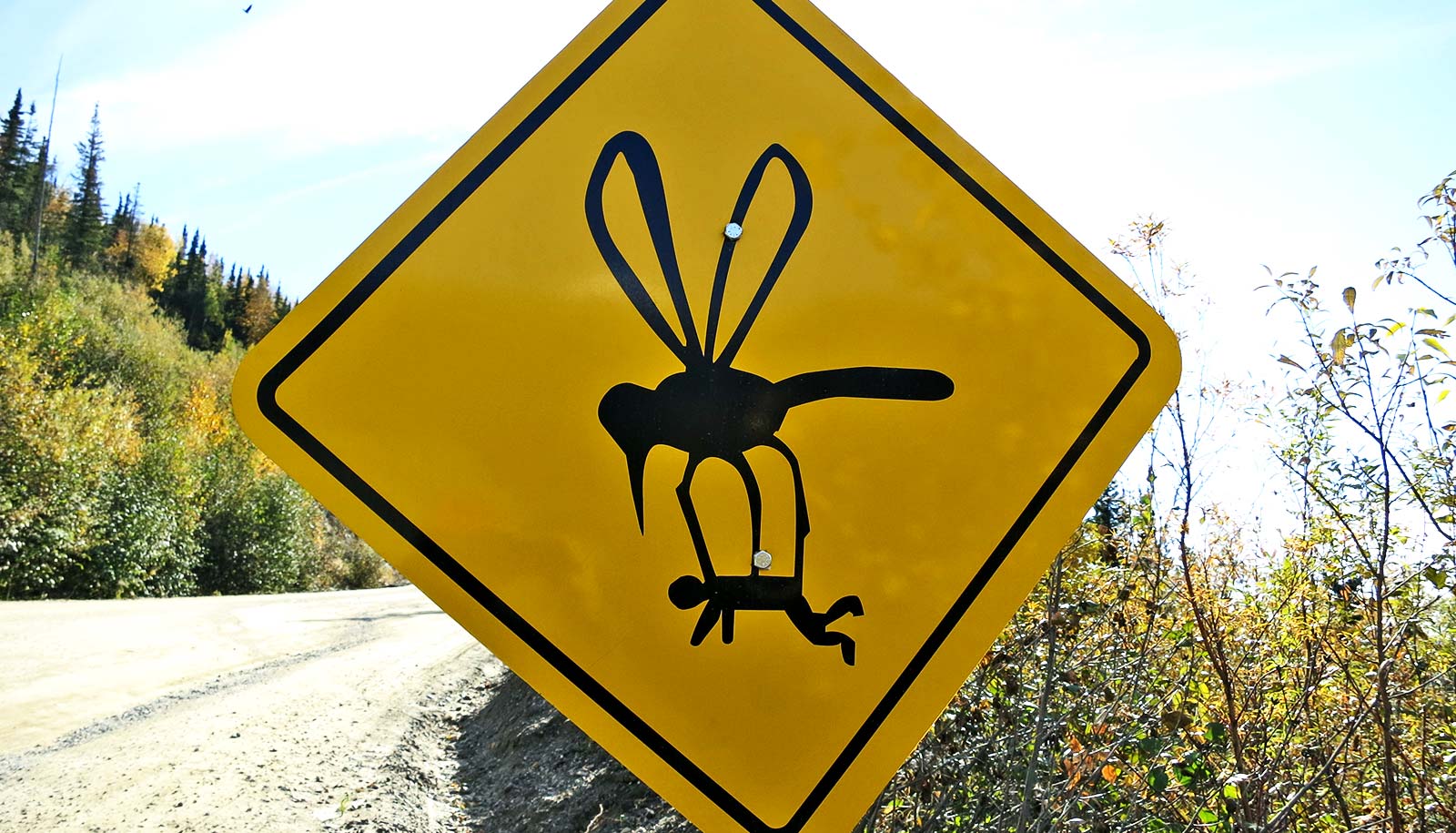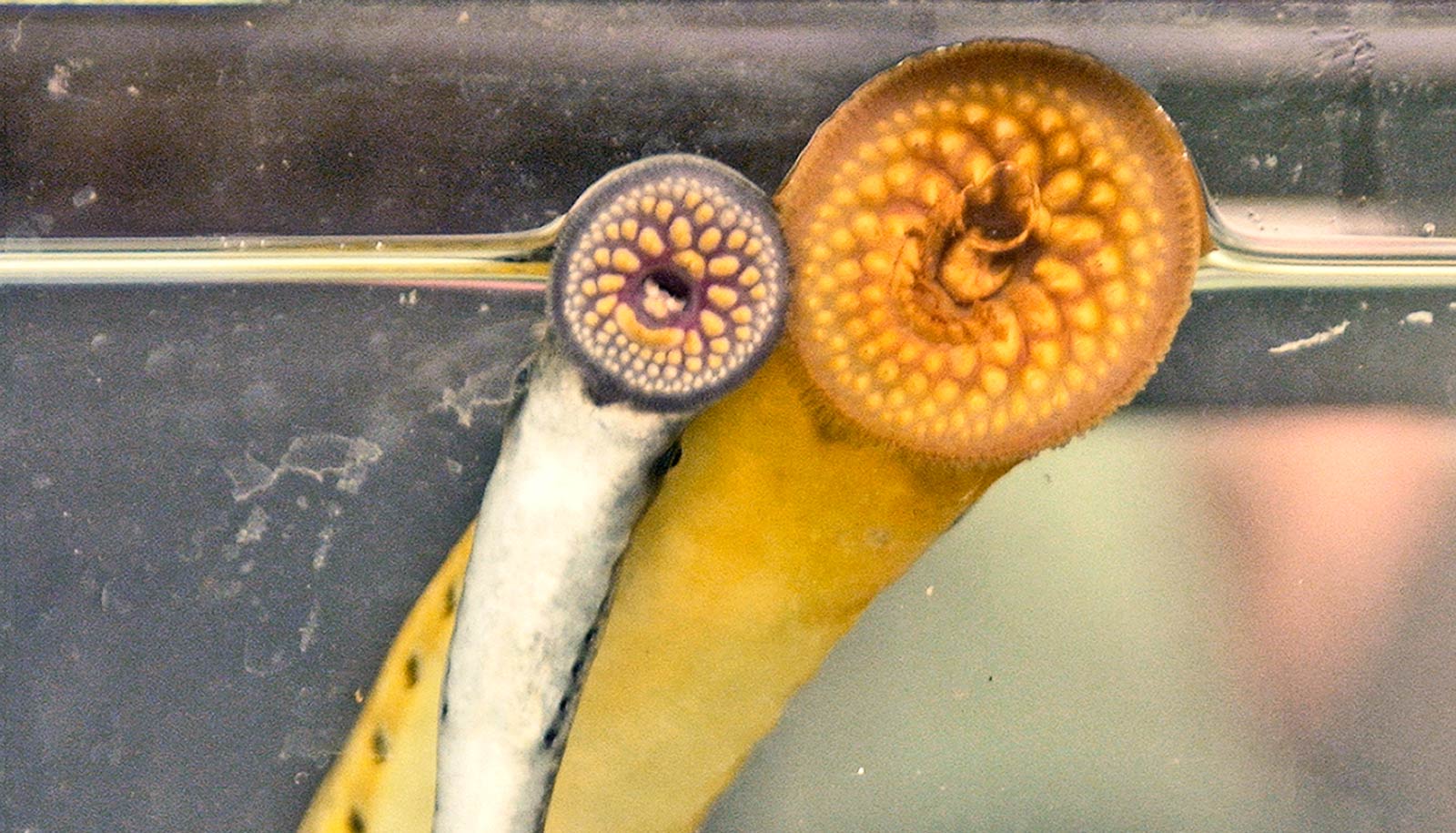A new method to curb the tropical disease Leishmaniasis uses male pheromones to attract female sand flies towards insecticide-treated areas, researchers say.
Globally over 350 million people are at risk of infection from Leishmaniasis, with an estimated 300,000 cases annually, and approximately 4,500 deaths each year in Brazil alone. The disease disproportionately affects children under the age of 15.
Visceral Leishmaniasis, affects the internal organs and is fatal if untreated as there is no human vaccine for the disease. In Latin America, Europe, and parts of central and East Asia, the Leishmaniasis parasite is transmitted from infected dogs by sand flies when they bite people. Females carry the parasite that causes the disease.
In Brazil, infected dogs are euthanized, but this has not affected transmission control. Insecticide-impregnated dog collars are an alternative to protect the dogs but these are too expensive for many people and protective coverage is patchy.
The beneficial effects of the “lure-and-kill” method resulted in a 49% reduction in female sand flies compared with 43% for the insecticide-collar only.
The method works as the male sand fly vector produces a pheromone that attracts blood-seeking females to mating aggregations. The researchers developed a synthetic copy of the pheromone which they put into slow-release dispensers and co-located with pyrethroid insecticide outside resident houses, which kill the parasite transmitting vectors.
The researchers showed in previous work that the insecticide-collars reduced human visceral Leishmaniasis by 50%.
“The beneficial effects of the lure-and-kill method were most noticeable by reducing confirmed infection incidence and clinical parasite loads in dogs by about 50%, and in reducing sand fly abundance,” says Orin Courtenay, professor in the School of Life Sciences and Zeeman Institute at the University of Warwick. “Our approach will be a lot less expensive and gives just as good a result as the insecticide collar.”
“We wanted to develop a less costly method to trap large amounts of sand flies to reduce the number of infected dogs which in turn act as a source of infection for people,” says Gordon Hamilton of Lancaster University.
The researchers introduced a sachet of the male sand fly pheromone to attract female flies to chicken sheds already sprayed with insecticide. “This killed a large number of the sand flies,” says Hamilton.
The next stage is to work with industry to synthesize the pheromone in bulk ready for use in affected areas.
The Wellcome Trust funded the paper in PLOS Neglected Tropical Diseases.
Source: University of Warwick



